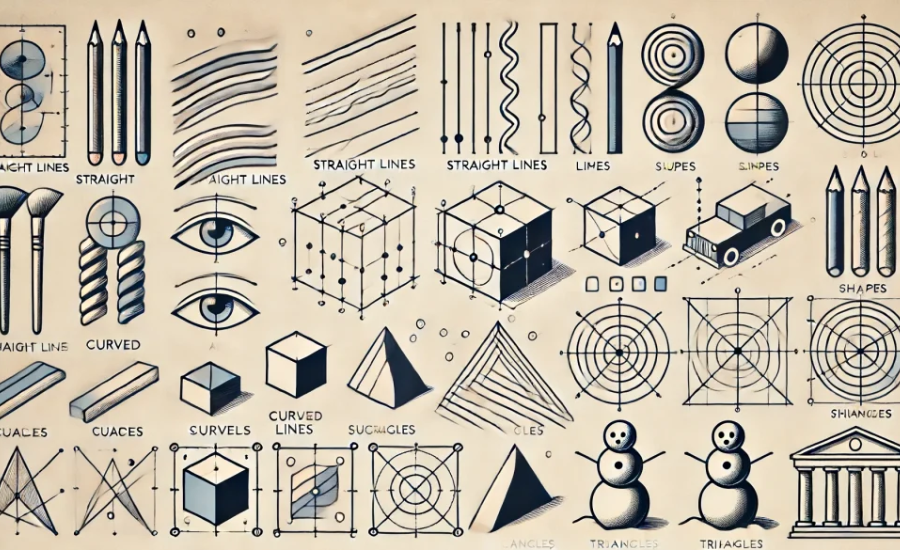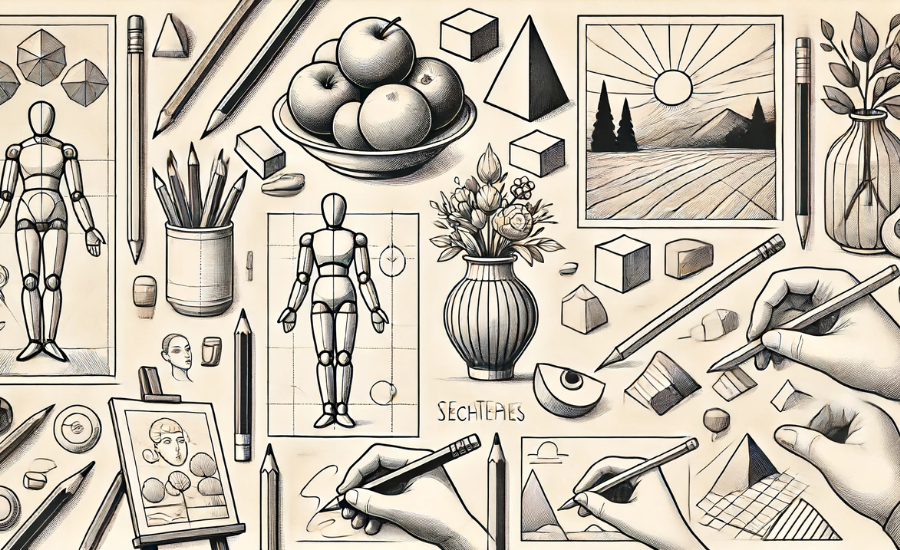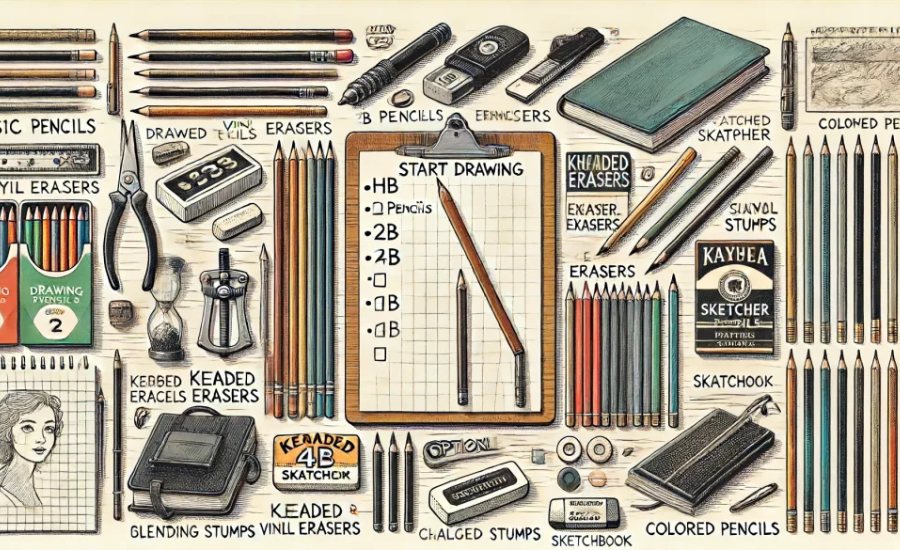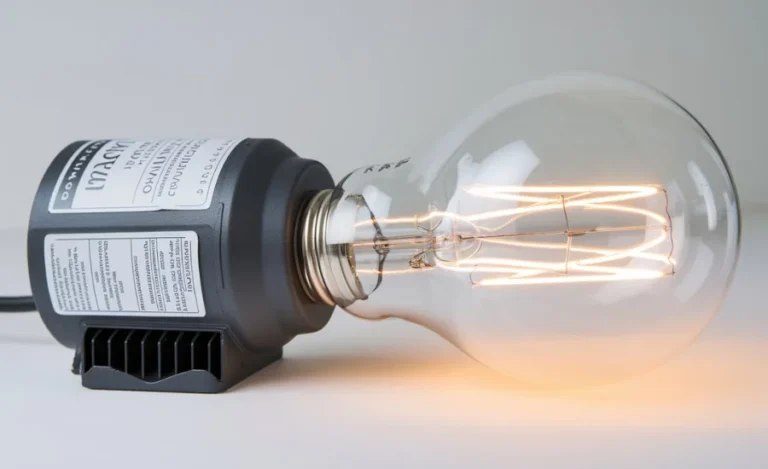easy:7nbbaotekl8= drawings: Start Your Artistic Journey with Simple Sketches
easy:7nbbaotekl8= drawings For those new to drawing, starting with basic sketches and simple illustrations is an excellent way to ease into the art form. These straightforward drawings require minimal time and effort, making them ideal for beginners exploring their creative potential. By focusing on fundamental shapes and uncomplicated techniques, anyone can begin to learn drawing without feeling daunted. The key is to keep the experience enjoyable and accessible, allowing newcomers to build their skills gradually.
The Importance of easy:7nbbaotekl8= drawings

https://en.wikipedia.org/wiki/Pencil play a vital role in cultivating advanced artistic skills. They offer beginners an opportunity to build confidence, enhance hand-eye coordination, and grasp essential drawing concepts such as line, shape, and proportion. Additionally, engaging in these basic sketches can provide a relaxing and enjoyable activity for people of all ages.
Starting with easy:7nbbaotekl8= drawings
easy:7nbbaotekl8= drawings your journey into simple drawings requires a few basic tools and materials to ensure you have a smooth experience.
Pencils Begin with a set of pencils that vary in hardness, such as HB, 2B, and 4B. These different grades will allow you to explore various shading techniques and achieve a range of tones and textures in your drawings.
Paper Select high-quality drawing paper or a sketchbook with a smooth surface. This will help you produce clean lines and smooth shading. Acid-free paper is recommended as it preserves your artwork over time.
Erasers A kneaded eraser is perfect for detailed erasing and lightening specific areas without leaving marks. For larger corrections, a traditional eraser is also useful.
Sharpener A reliable pencil sharpener is crucial for keeping your pencils in good condition, ensuring sharp points for precise lines and details. A sharpener with a built-in container for shavings can make cleanup easier.
Ruler A ruler is essential for drawing straight lines, measuring proportions, and achieving symmetry. A clear or metal ruler with measurement markings will provide the accuracy needed for your sketches.
Helpful Tips for Beginners
- Start with the Basics: Begin by drawing simple shapes and objects to build your confidence and develop fundamental skills.
- Practice Regularly: Regular practice is crucial for enhancing your drawing skills. Aim to sketch daily, even if it’s only for a short time each day.
- Observe and Learn: Take the time to study your environment and focus on details. Developing strong observational skills is key to improving your drawing techniques.
- Experiment with Techniques: Don’t hesitate to explore different drawing methods and materials. Experimentation is a great way to find your unique style and refine your craft.
By equipping yourself with the right tools and following these tips, you’ll make steady progress in your drawing journey and enjoy the creative process.
Understanding Basic Shapes in Simple Drawings
In simple drawings, the journey often begins with fundamental geometric shapes such as circles, squares, and triangles. Mastering these basic forms is crucial, as they provide the building blocks for developing more complex and detailed artwork. By understanding and practicing these foundational shapes, you lay the groundwork for creating intricate and expressive drawings.
Mastering Basic Lines and Curves
Practicing fundamental line exercises is crucial for developing control and precision in drawing. Start with exercises focused on drawing straight lines, curves, and zigzags. These practices are essential for enhancing your ability to create detailed and polished artwork.
Focusing on these basic shapes helps build muscle memory and improves hand-eye coordination. Straight lines are key for establishing structure, symmetry, and proportion in your drawings. Curved lines add a sense of fluidity and movement, which is important for capturing natural forms and dynamic gestures. Zigzag lines introduce energetic patterns and textures, adding complexity and vibrancy to your sketches.
Regular practice of these exercises also helps you understand how variations in pressure can affect line thickness and darkness. This insight allows you to add depth and emphasis to your artwork, resulting in a more engaging and nuanced composition. Consistently incorporating these practices into your routine will make your hand more steady and your lines more confident, setting a solid foundation for more advanced drawing techniques and artistic endeavors.
Benefits of Learning to Draw
Learning to draw offers numerous benefits, including enhancing creativity, improving problem-solving skills, and increasing your appreciation for visual arts. Moreover, drawing can be a therapeutic activity, providing a valuable outlet for self-expression and helping to reduce stress.
Daily Challenges and Strategies for Overcoming Them

Addressing the Fear of Mistakes A frequent concern for beginners is the fear of making mistakes. It’s important to remember that every artist begins with basic skills and that imperfections are an essential part of the learning journey. Embrace errors as opportunities for growth and improvement.
Staying Motivated Keeping motivation high can be challenging, especially when progress seems slow. To maintain enthusiasm, set small, achievable goals and celebrate your successes. Engage with drawing communities or join classes to find support and inspiration from others who share your passion.
Finding Time to Draw Balancing daily responsibilities with artistic pursuits can be difficult. Aim to incorporate drawing into your daily routine, even if it’s just for a few minutes. Carry a sketchbook with you to capture spontaneous moments of creativity and make the most of any free time you have.
Step-by-Step Drawing Tutorials
How to Draw a Cat
- Start with the Head: Draw a circle to outline the cat’s head.
- Add the Body: Extend an oval shape from the circle to form the body.
- Sketch the Ears and Tail: Add two triangles on top of the head for ears and draw a curved line for the tail.
- Detail the Features: Add details like the eyes, nose, mouth, paws, and whiskers.
- Enhance with Outlines and Shading: Refine your drawing by outlining and shading to give it depth and dimension.
How to Draw a Dog
- Begin with the Head: Draw an oval shape to represent the dog’s head.
- Add the Body and Legs: Connect a larger oval to the head for the body and use simple lines to indicate the legs.
- Include Ears and Tail: Draw droopy ears and a wagging tail.
- Detail the Face: Add facial features such as the eyes, nose, and mouth.
- Final Touches: Outline your drawing and add details like fur texture to complete the illustration.
Drawing Basic Object Sketches
How to Draw a House
- Start with the Basic Shape: Draw a rectangle to outline the main structure of the house.
- Add the Roof: Place a triangle on top of the rectangle to create the roof.
- Include Windows and a Door: Draw squares for windows and a rectangle for the door.
- Add Extra Details: Include a chimney, pathway, and other small features to enhance your drawing.
- Refine with Outlines and Shading: Outline your house and add shading to provide depth and dimension.
How to Draw a Tree
- Sketch the Trunk: Begin by drawing two parallel lines to represent the tree trunk.
- Add the Foliage: Draw a large oval or circle at the top of the trunk to represent the tree’s leaves or canopy.
- Include Details: Add branches and texture to the trunk for a more realistic appearance.
- Finalize with Outlines and Shading: Outline the entire tree and apply shading to bring your drawing to life.
Techniques to Improve Your Drawing Skills
Enhancing Your Drawings with Shading and Texture
Techniques such as hatching, cross-hatching, and stippling can add significant depth and realism to your drawings. Mastering these shading methods will bring your artwork to life, making it more engaging and visually interesting with enhanced texture and dimension.
Using References for Accuracy and Proportions
Incorporating real-life references or photographs into your drawing practice is like having a reliable guide to ensure accuracy. This approach helps you capture precise details and proportions, resulting in more authentic and compelling artwork.
Committing to Regular Practice
Regular practice is crucial for enhancing your drawing abilities. Dedicate a portion of your day to drawing, and you’ll see your abilities develop as you experiment with various subjects and techniques.
Exploring Creative Concepts in Drawings
Embrace creativity through doodles and patterns, allowing yourself to explore artistic freedom. Whether you’re creating simple shapes or intricate designs, each stroke represents your unique artistic expression.
Draw inspiration from nature’s wonders, capturing everything from delicate flowers to sweeping landscapes in your sketches. Nature offers endless beauty waiting to be translated onto paper.
Additionally, delve into the whimsical world of cartoon characters. Start with basic sketches and gradually introduce more detail and expression. Each pencil stroke invites you on an exciting journey of creativity and discovery.
Expert Tips for Creating Simple Sketches

Exploring Diverse Drawing Styles
As you advance in your drawing journey, experiment with a variety of styles to discover what resonates with you. Whether it’s realism, abstraction, or cartooning, exploring different techniques can help you find and refine your unique artistic voice.
Adding Color for Enhanced Impact
Incorporating color into your sketches can bring them to life. Start with colored pencils or markers and practice blending and shading techniques to add vibrancy and depth to your artwork. Experimenting with color can significantly enhance the visual appeal of your drawings.
Leveraging Digital Tools
Step into the world of digital art by using tools such as graphic tablets and drawing software. These digital resources offer a vast array of brushes, effects, and features that can elevate your artwork. Exploring digital drawing applications will open up new possibilities for creativity and refinement in your art.
Final Words
Embracing the art of easy drawings offers a gateway to creativity and self-expression. Starting with basic sketches and simple illustrations provides a manageable entry point for beginners, allowing them to build foundational skills without feeling overwhelmed. Mastering basic shapes, lines, and shading techniques paves the way for more complex artistry. Regular practice and experimentation are crucial for growth, and utilizing references can enhance accuracy and detail. By incorporating color and exploring various styles, you can bring your drawings to life. Additionally, digital tools open up exciting new avenues for artistic exploration. Whether you’re refining your technique or simply enjoying the creative process, easy drawings are a valuable and enjoyable practice.
FAQs
1. What are the best drawing tools for beginners?
For beginners, a basic set of pencils (HB, 2B, 4B), high-quality drawing paper or a sketchbook, an eraser (kneaded and traditional), a reliable sharpener, and a ruler are essential. These tools help you practice fundamental skills and create clean, precise drawings.
2. How do I start with simple drawings?
Start with drawing fundamental shapes such as circles, squares, and triangles. These fundamental forms serve as the building blocks for more complex drawings. Practice sketching everyday objects and simple illustrations to build your confidence and skills gradually.
3. Why are simple drawings important for developing drawing skills?
Simple drawings are crucial for building foundational skills. They help you develop hand-eye coordination, understand line and shape, and build confidence. Mastering these basics prepares you for more detailed and complex artwork.
4. How can I improve my basic drawing skills?
Regular practice is key. Start with simple shapes and objects, and gradually move on to more detailed subjects. Try out various techniques and materials to discover what suits you best. Observing your surroundings and practicing drawing from real life can also enhance your skills.
5. What are some common challenges beginners face in drawing?
Beginners often struggle with the fear of making mistakes, staying motivated, and finding time to draw. Overcome these challenges by embracing mistakes as learning opportunities, setting achievable goals, and incorporating drawing into your daily routine, even if it’s just for a few minutes.
6. How can I add depth to my drawings?
Techniques such as shading, hatching, and stippling can add depth and dimension to your drawings. Practice these shading methods to enhance texture and realism. Regularly incorporating these techniques will improve the overall quality of your artwork.
7. Is it important to use references when drawing?
Yes, using references such as photographs or real-life objects can improve accuracy and help you capture precise details and proportions. References act as guides and can help you create more realistic and compelling drawings.
8. How can I stay motivated to continue drawing?
Set small, achievable goals and celebrate your progress. Joining drawing communities or classes can provide support and inspiration. Finding ways to make drawing enjoyable, such as exploring new techniques or subjects, can also help maintain your enthusiasm.
9. Can digital tools enhance my drawing skills?
Absolutely. Digital tools like graphic tablets and drawing software offer a wide range of features, brushes, and effects that can enhance your artwork. Exploring digital art can expand your creative possibilities and refine your drawing skills.
10. How can I incorporate color into my drawings?
Start with colored pencils or markers and practice blending and shading techniques. Experiment with color to add vibrancy and depth to your drawings. Understanding color theory and how different colors interact can significantly enhance your artwork.
Stay in the loop for upcoming updates and alerts! Brain Rusher






